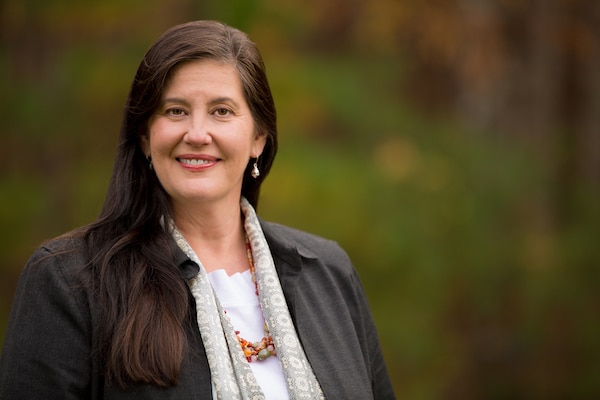Alyson Emanuel talks through BASF’s recent acquisition of seed treatment assets and what it means for seed companies, as well as growers. As both a gardener and the vice president of Global Strategic Marketing, Seed Treatment, BASF Agricultural Solutions, she understands that every year counts.
Seed World (SW): What is BASF’s basis for R&D, and how does it help seed companies and growers?
Alyson Emanuel (AE): I’ve always been impressed by our R&D capabilities, be it in the discovery of new molecules that go into seed treatments, the advanced formulations or the application of that technology. The basis for all of BASF’s R&D efforts in seed treatment is to enhance the genetic potential of the seed, that seed companies have so heavily invested in developing and improving. Ultimately, it really all comes down to integrating and delivering better products for growers and maximizing yield potential.
SW: What does the BASF seed treatment business look like now with its new assets?
AE: It’s exciting! By bringing these two (BASF and Bayer) businesses and product portfolios together, we have an even stronger business. I would even say that we have the most diverse portfolio to help growers. Our chemistry reaches across segments from corn and soybeans to cotton and peanuts, and from barley and oats to sugar beets and canola, to name a few. We’ve got seed treatment insecticides, fungicides, nematicides, biologicals, inoculants and coatings.
SW: How are your customers responding to the bigger BASF seed treatment business?
AE: Our customers are curious and excited. It’s nice to see the excitement … of course they expect more, and they are eager to talk to us. What’s great is that we can also provide more. We are excited about the opportunity to work with them.
SW: What are your key products?
AE: The three that I want to highlight are Poncho/VOTiVO for corn, ILeVO to protect soybeans from Sudden Death Syndrome and nematodes, and Systiva to protect sugar beets and cereals from multiple fungal diseases. These products showcase the diversity of technologies, applications and crops in in which we work, and in different parts of the world.
SW: Why is it important to have an integrated systems approach to seed treatment?
AE: It’s important because there’s no silver bullet to maximizing yield — that would be too easy, and one doesn’t exist. An integrated systems approach means examining the soil, the seed, the coatings and biologicals, the rhizosphere and the environment where the seed is placed and putting the best package together for growers to succeed.
SW: What do you wake up most excited about?
AE: The opportunities! We have an awesome team of people who are dedicated to serving customers. I’m a gardener and I know just as our customers do, we’ve got 40 chances. We’ve got to make every chance and every year count. Our job is to help ensure that their seed is going to come up, that it’s going to thrive and to maximize genetic potential.
SW: What are you most concerned about?
AE: The health of the ag sector — it’s facing headwinds. First, there’s a need for sound science and a predictable path forward for companies and innovators to deliver new and beneficial products to the market. We try to put ourselves in the shoes of our customers; they face unpredictable markets to begin with and when you add in trade disruptions coupled with a down commodity market and the need for succession planning, it’s a difficult time.
SW: What do you see as the most pressing issue in the seed business today, and what is BASF doing to address it?
AE: Farmers need as many tools in their toolbox as possible. How do we maintain the technologies that currently exist while introducing new ones? New germplasm. New traits. New technology. Farmers need more than just a hammer; we need to make sure their toolbox is up to date with the newest tools to do the job. At the end of the day, we are all in this together.










